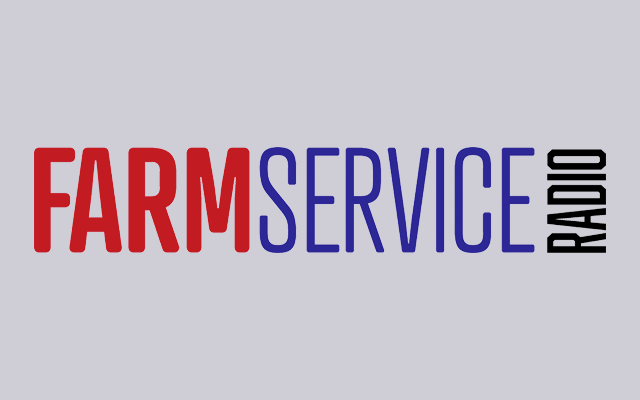Commentary: Things Have Got to Change Around Here

Change on the farm is easy and hard. It can happen quickly and at the speed of molasses in January. When Roundup herbicide hit the market, change came quickly. Weed control that was easy and inexpensive — a no brainer. Today we are living with the unintended consequences of that rapid change. Other changes on the farm come much slower, such as “I have always farmed red, I am not going to change color now.” While many factors go into seed choices each year, family history and dealer relationship play a bigger part of those choices than is often recognized. However, a 7 year recession in agriculture is forcing change to some of those traditions, brand loyalties, and relationships.
While some of these changes have been evolutionary rather than revolutionary, new research indicates that the speed of change is increasing as we enter 2020. A national study sponsored by the J.L. Farmakis organization, reveals a significant number of growers are making meaningful changes in their operations for the new year. Called the Farmer Speaks study, the data is collected from actual farmers’ comments and information provided on surveys. The research focused primarily on Midwestern growers with 500+ acres. The sample comprised 96,000 corn, 81,000 soybean, and 31,999 wheat acres. The average age of the respondent was 58.
Forty-four percent of these farmers said they lost money in 2019, even with government assistance. Satisfaction with the results of their production methods and decisions at the end of 2019 fell to the lowest level since 2016, which is prompting the move to do something different. Exactly what that difference will be remains a bit unclear. “Experimenting” seems to be the most consistent answer. So, what kind of things are they going to experiment with?
One trend, especially among large farmers, is to move away from maximizing growth to pulling back to improve profitability. They are taking a very close look at all aspects of their operations and making improvements. “The market is churning, and producers are changing loyalty and behaviors,” noted the authors of the study. New technology is allowing farmers to evaluate their farm profitability, field by field; and new services like Farmers Business Network are providing more price transparency in the marketplace. Other trends include shopping around for lower prices, buying in bulk to get a lower price, buying at cash-and-carry retailers as well as on-line.
Another trend is an increase in taking on credit. A significant number said they intend to increase their line of credit for operating in 2020. Others indicated a plan to move more operating costs to long term debt. Much of this may be in the area of new or retrofitting equipment. Making changes in their equipment was ranked the #1 area of change by most of those surveyed. Judging by the level of interest in planters at the farm show in Louisville, I think this is valid. In a conversation I had with Machinery Pete, he said demand for kits to retrofit tractors and planters is very strong.
More than half of those surveyed indicated they would be making changes in the seed and fertilizer areas in 2020. A significant number indicated they would be changing seed brands in the new year. While price was a factor, the biggest reason for making a change in brand was agronomic performance. Crop protection is also area where a good deal of churn is foreseen.
One area where change will not be happening is in the area of new equipment. Forty-six percent of growers said they will delay new equipment purchases in 2020. In addition to retrofitting, the survey indicated that buying used is preferable to most growers. The survey indicated used combines were 2x more popular than new. All these trends have implications for agribusinesses, local retailers, and even those of us in the media.
Farmers, however, are optimistic that the changes they will make will benefit them and their operations. They are feeling more positive about the future of agriculture as we begin 2020 compared to what we saw in much of 2019. While economics and agronomic performance are driving much of this change, the generational shift taking place on many farms is also playing a role. Farm operators of the next 10 years will do things differently and will be willing to make changes quicker than their fathers and grandfathers. Yet, the key will remain what it always has been: profitability. If farming is profitable, farmers will produce food in ever increasing amounts, with more sustainability and a lower carbon footprint. The rate and type of change we see in farming will be largely determined by the profit picture when the 2020 harvest is over.


